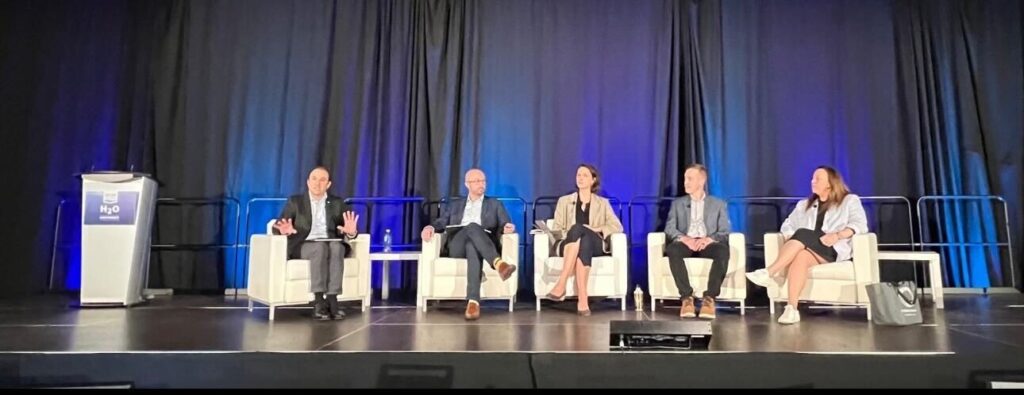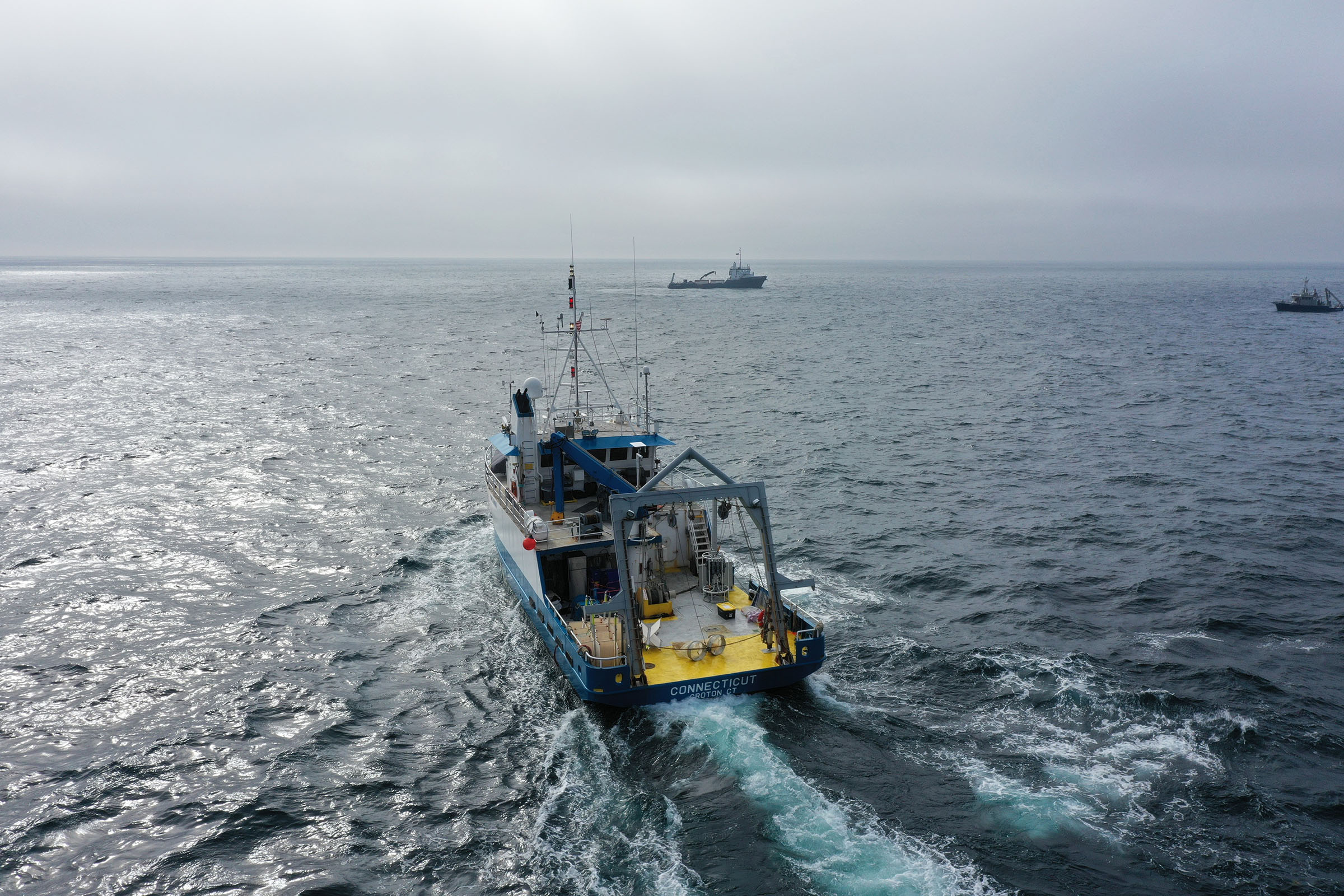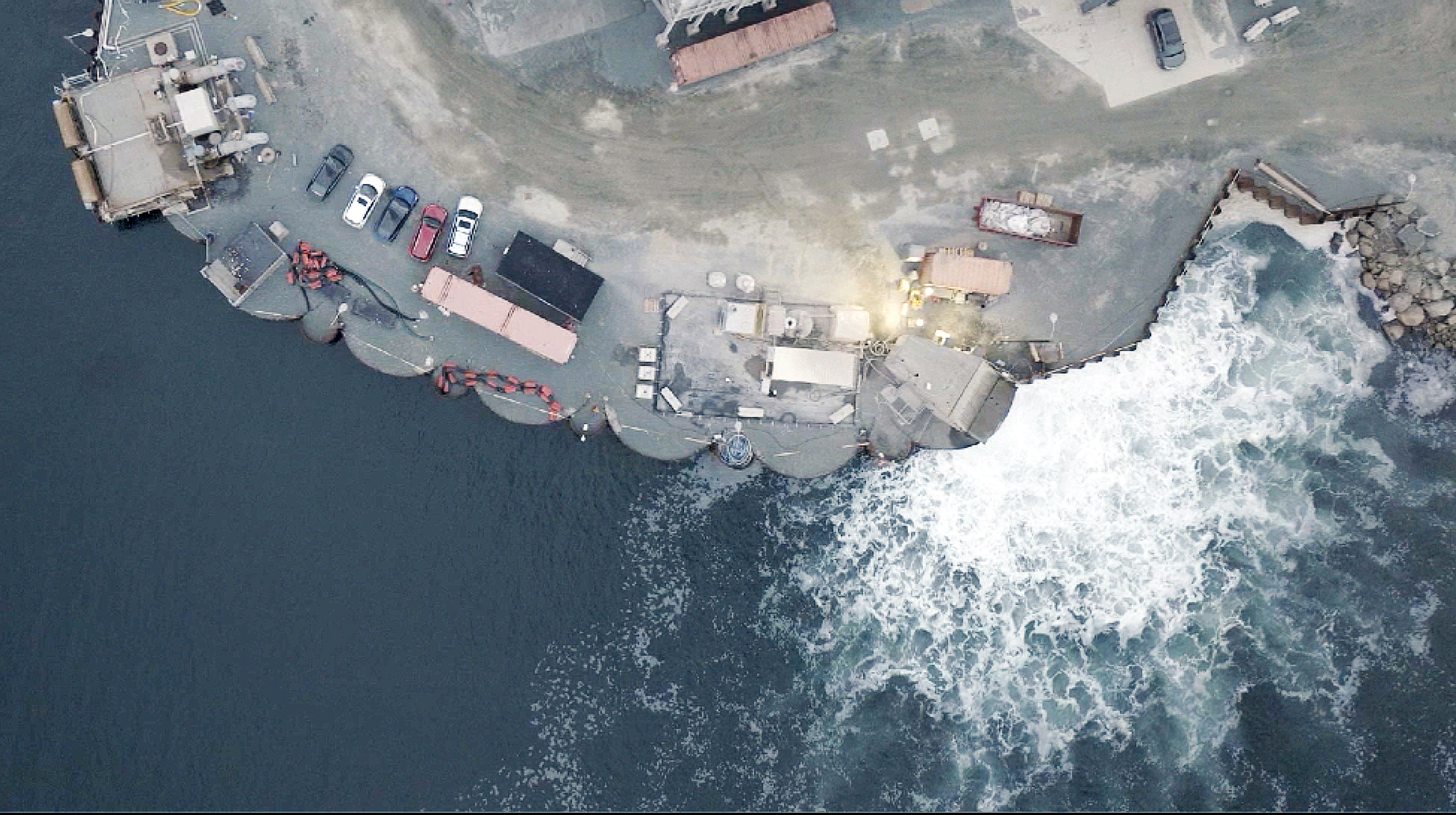Last week, the Carbon to Sea team participated in two panels on the future of ocean-climate science. It was a pleasure to speak to leaders about the state of the ocean-based carbon dioxide removal space and how we can continue to advance the field.

On Monday, June 3rd, our Director of Field Research, Irene Polnyi, spoke on a panel at the Ocean Frontier Institute’s H2O Conference in Halifax, CA titled “Investing in Our Future: The Challenges and Opportunities of Bringing Ocean Climate Tech Solutions from Invention to Innovation to Market.” This panel underscored the important role philanthropy plays in derisking the science and technology of early stage ocean-climate solutions in order to invite larger pools of capital to scale the most promising methods.
The panelists reflected on philanthropy’s ability to remain flexible to take on scientific and technical risk, while being best suited to invest in long-term field-building work such as community and regulatory engagement, standards-development and knowledge-sharing. Irene talked about field research in Halifax led by Carbon to Sea’s grantees, Dalhousie University and Planetary Technologies, as well as upcoming opportunities for new partners to join that work.

On Tuesday, June 4th, our Director of Policy, Diane Hoskins, was on the ground at Capitol Hill Oceans Week in Washington D.C. where she participated in a Congressional Briefing hosted by the National Marine Sanctuary Foundation, the U.S. Senate and House Oceans Caucuses, and the Ocean Caucus Foundation. The panelists discussed how the U.S. government can help foster new ocean science innovations and the role of public-private partnerships and investments to scale effective climate solutions.
Diane emphasized the need for further public investments in ocean-climate solutions, including increasing funding for DOE’s cross-cutting carbon dioxide removal initiative and dedicated funds for ocean carbon dioxide removal (oCDR), providing at least $30 million to NOAA for external oCDR research, development, and demonstration grants, and maintaining funding for DOE’s ARPA-E program to address the needs for modeling and technology development to monitor the efficacy and safety of oCDR.
We are grateful for opportunities like these to share our work and expand the partnerships we need to support more investment in oCDR research and technology.



